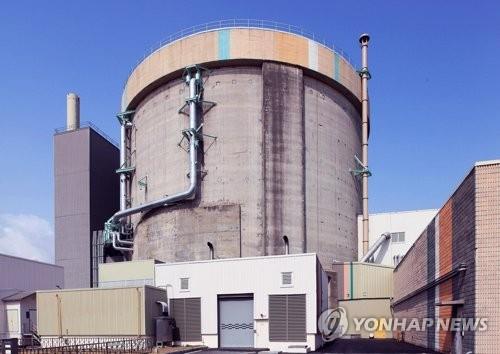Ministry of Energy admits
The energy policy of the government of President Moon Jae-in of South Korea to phase out nuclear reactors is expected to increase the nation’s electricity purchase cost by 11% by the year 2030. This was disclosed by a Korean government report on Oct. 3, 2018.
Since President Moon took office in May last year, he has pledged to close atomic power plants gradually and increase the ratio of renewable energy to 20% by 2030.
The new energy policy has raised worries that reduced dependence on coal and nuclear power and the still high production costs of renewable energy could lead to higher electricity costs.

The South Korean government has scrapped plans to build six nuclear reactors. Following the closure of the oldest reactor in the country in May last year, the government is now pushing for the early closure of Wolsong-1, currently the nation's oldest reactor. The nation's 10 oldest reactors are expected to be retired by 2030 as their operational life cycles expire one by one.
According to a report that the energy ministry submitted to an opposition lawmaker, the early closure of the Wolsong-1 reactor would push up the electricity purchase cost of the state-run Korea Electric Power Corp. (KEPCO) by a total of 851 billion won (US$760 million).
In addition, the scrapping of the construction of six new nuclear reactors would raise the cost by a total of 8.14 trillion won, the report showed.
Currently, KEPCO buys electricity from power generators, which means a rise in purchase costs leads to a rise in electricity bills.
Korea generates about 30 percent of its electricity through over 24 nuclear reactors, while coal and renewable energy provide 37.5 percent and 6.7 percent, respectively.

